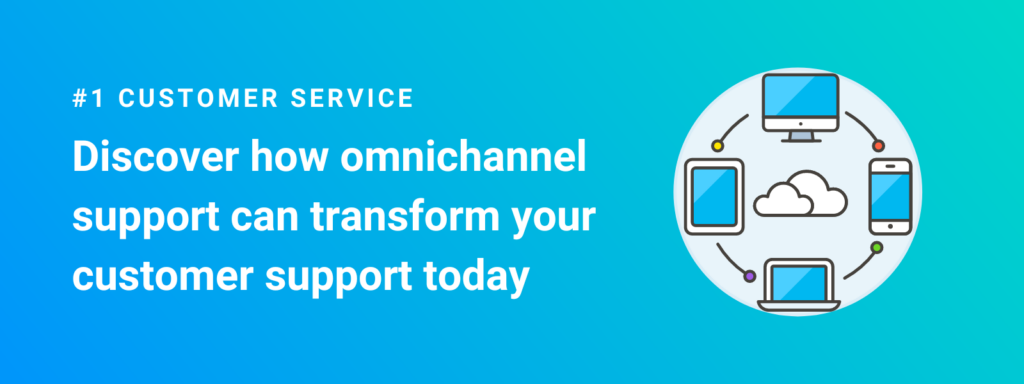Now that the iPhone 14 is here, many customers will soon be introduced to the eSIM. Why, you may be asking? The reason is because the iPhone 14 will no longer utilize the old school physical SIM, that small card that slides into your phone to make it work with your carrier. Instead the two SIM cards for the iPhone 14 will be eSIMs.
Why is this a potential point of confusion for customers? Before we answer that, let's review what a SIM does (physical or otherwise).
Want to learn more about how to provide support for the latest technologies?
What is a SIM?
SIM stands for Subscriber Identity Module and, as you can tell from the name, a SIM links your identity and the mobile carrier you have a subscription with, to the phone you are using. The SIM cards will generally contain some basic identifying data like a unique serial number, subscriber identity numbers and some security and authentication information. Without these components, your phone would not be able to make calls, send messages or connect to the internet via the cellular network.
What is an eSIM?
An eSIM (or embedded SIM), provides the same functions as a physical SIM but they are embedded within the phone and not removable. Gone will soon be the days that you poke a paperclip into the phone to insert or remove that little card. The functionality of the SIM remains the same but the key innovation here is the programmability of the eSIM. In an eSIM, the information stored on the SIM is rewritable when required.
How to set up an eSIM on an Apple iPhone 14 via Ozmo Self Serve
Why is eSIM better?
Although it is going to take some time for the transition, there are several benefits for carriers, phone manufacturers and customers.
Phone manufacturers will benefit by not having to allot space and other considerations for the SIM tray. This means more space to put in other new features or towards a bigger battery. Not to mention, the fewer holes in a handset means reduced risk of damage from moisture or dust.
Customers should see a benefit in the ability to switch carriers and/or have a secondary carrier work on the same device. Theoretically, you could go to a new carrier’s website, have them email you a QR code for the new eSIM and be up and working without speaking to a single person. Although Dual SIM devices have been around for a while, the propagation of eSIM across the industry will make the ability to have two carriers work on the same phone much easier and commonplace.
With eSIM, mobile carriers will be able to get people signed up to their service much faster and cheaper than with the process of managing physical SIMs. More on that later.
Where will customers have issues or concerns with eSIMs?
Some consumers will have both concerns and confusion with the elimination of the physical SIM. If a customer is someone who buys their phone at the carrier’s store (or website) and never leaves this carrier or switches devices, this change may be unnoticeable.
If, however, the customer is accustomed to switching their SIM among different phones, they will undoubtedly have concerns about this reduced control over their ability to move from device to device. Conversely, travelers are accustomed to using different SIMs when they are in places where another carrier has better or less expensive service. The eSIM will certainly allow individuals to switch electronically but this will have to happen in some coordination with that new carrier. The switch back will also require a similar process if they do not have a dual eSIM device.
Physical SIMs also have a small amount of memory that some customers use to transfer contacts and other information between devices. Admittedly, this is much less common now that we have ubiquitous cloud storage, but some customers will miss this functionality.
As for the privacy-conscious individual, eSIMs can’t be removed or disabled as easily as physical SIMs to eliminate tracking. On the bright side, a lost or stolen device will now have a better chance of being recovered.
The opportunity for differentiating eSIM support
Questions and complaints from customers regarding eSIM are certain to catch some carriers by surprise. Some components of eSIM are necessarily technical and will strain the ability for agents to become educated on the correct advice and answers to give. If this proves to be the case, it will produce a frustrating experience for a customer who is already confused and concerned about this new technology.
On the other hand, eSIM provides a unique opportunity for the carrier that is prepared. eSIM makes activating users from other carriers much easier. If the carrier’s agents are able to explain the process well – and have helpful guides – there is a window of opportunity to entice users to try a new carrier experience or offer.
In addition to the new activation possibilities, every question and interaction with a customer should be viewed as an opportunity to improve on their overall customer experience. If agents are well equipped to handle the complexities of eSIM and help users take advantage of the benefities, the brand will certainly benefit and measures like NPS will improve.
eSIM support tools can help
Customers will come asking questions in two potential ways: they will either contact carriers directly by phone or chat or look for answers on self-serve channels (i.e. website). Having the right tools for both the carrier agents and self-serve environments will help carriers take advantage of that customer experience opportunity. At Ozmo, we provide solutions for both.
Ozmo for Agents helps solve complex tech support issues, providing the necessary tools for agents to address customer needs quickly and confidently. This assisted support solution offers access to key features, including virtual devices, which can help the agent confidently walk the individuals through their key eSIM experiences, knowing exactly what the customer is seeing on their specific device.
Ozmo Self Serve provides 24/7 access to consistent, accurate answers across all of a carrier’s digital channels. These interactive, step-by-step guides and tutorials on the different aspects of eSIM experiences will enable many customers to become familiar with eSIM functions without ever needing to call or chat with an agent. Everybody wins.
The future of eSIM support
Now that eSIM is coming to the market, customers will have questions. There are many potential benefits but also few pitfalls with this transition. Carriers that are able to avoid the pitfalls and take advantage of the potential will see this as a unique window -- and Ozmo is a tool to help carriers do just that. To see how some of the world's leading providers and manufacturers across mobile and broadband industries have increased customer experience and agent confidence with the help of an omnichannel support platform, click here for more.




